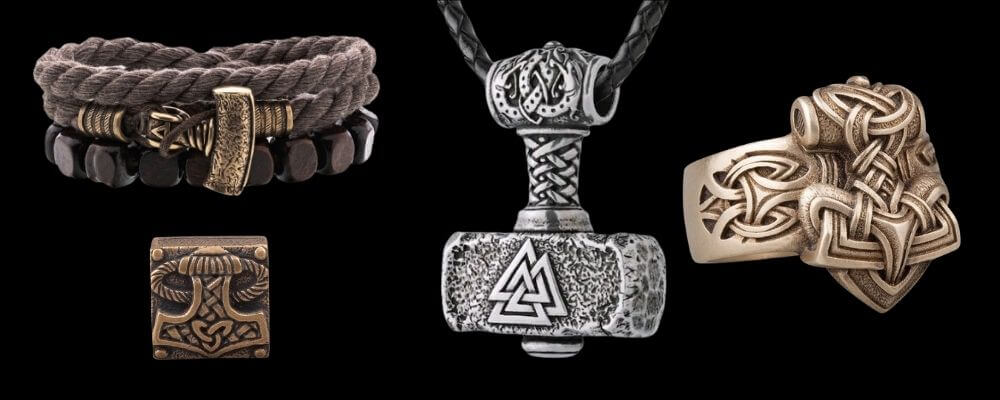While many of us were still grieving about the end of the History Channel’s epic Vikings series, Netflix threw us a lifeline and announced that it would be working with the same creators to make a sequel, Vikings: Valhalla.
This new series will be set 100 years after the current show and will tell the stories of some of the most interesting characters in Viking history, including the infamous Harald Hardrada.
Hardrada was a Norwegian noble who eventually rose to become king of Norway, but only after a bloody upbringing on the battlefield, both at home and abroad as a mercenary.
When he came to power, he could not leave his warring past behind and made attempts on the thrones of both Denmark and England. He eventually died in battle in 1066, and some people say that this was the death of the last true well known Viking.
But who was Harald Hardrada really?
Lineage of Harald Hardrada
Hardrada is Harald’s epithet, and can be translated as hard ruler or tyrant. Harald’s actual last name was Sigurdsson and he was the son of a petty king of Ringerike in Norway, where he was born in around 1015.
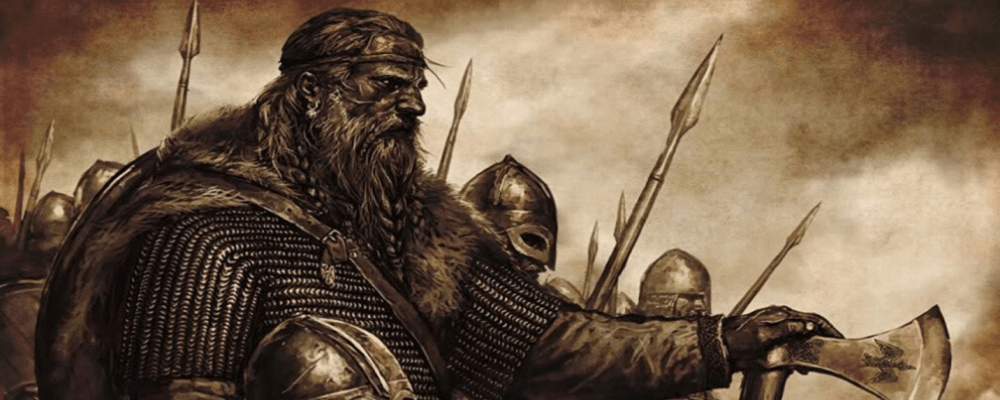
Through his mother, he was the half brother of King Olaf II of Norway, and also a descendent of Harald Fairhair, the first king of Norway.
Olaf was driven into exile in 1028 by dissenting noblemen, and King Cnut of Denmark, who went on to create a Danish Empire that included Norway, Sweden and England.
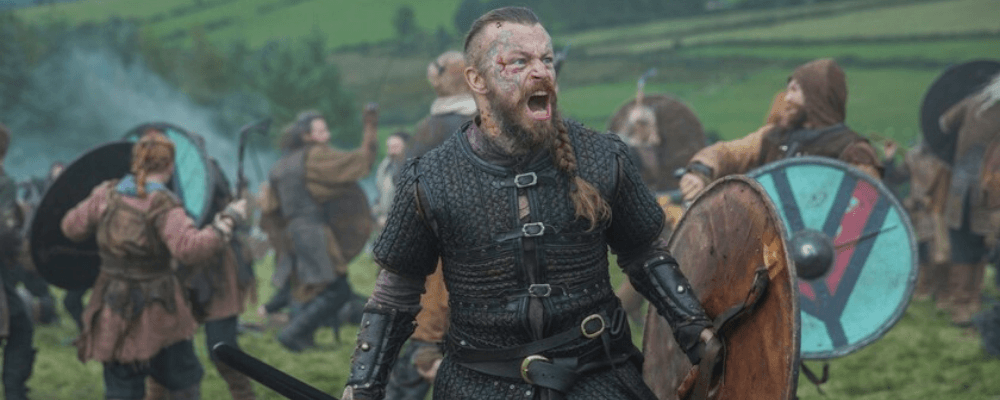
Two years later, when Harald heard that his half-brother Olaf was to return, at the age of just 15 he raised a body of 600 men to meet Olaf and take on Cnut’s faction in Norway.
This culminated in the Battle of Stiklestad in 1030, which Olaf and Harald lost. Olaf was killed, and Harald was badly wounded and driven into exile. Nevertheless, at the age of just 15, he is said to have fought ferociously.
According to Snorri Sturluson, Harald was bigger and stronger than most men, with noticeably big hands and feet, so perhaps even at the age of 15 he had the strength of a Viking warrior. Describing Harald later in life, Sturluson said that he had fair hair, a beard with a particularly impressive moustache, and had one eyebrow situated higher than the other.
Harald the Mercenary
Following the defeat in battle, Harald headed eat to Kievan Rus, a confederation of Slavic tribes in the area of modern-day Ukraine and Belarus.
The leader of the confederacy, Grand Prince Yaroslav the Wise, welcomed Harald and gave the young man command of a detachment of men. Harald led his battalion against Poles, Romans and Steppe Nomads, honing his fighting skills and building his reputation as a warrior and commander.

In 1034, when Harald was still just 19 years old, he had a personal following of 500 men. He led them south to Constantinople, the capital of the Byzantine Roman Empire, to join the Varangian Guard.
This was an elite detachment within the Byzantine Army, composed of Norsemen, Germans, and Saxons. As well as campaigning around the empire, the Varangian Guard acted as the personal bodyguard of the emperor. Within a few years, Harald was made the leader of the guard, where he was again able to distinguish himself and build his legend.
Harald is credited with capturing 80 Arabian fortresses in present-day Iraq, and he then led a campaign to retake Sicily and went on to fight in Bulgaria. For his exploits there he became known as the Bulgar Burner.
Harald’s star was rising within the Byzantine empire, but this was cut short when his patron, Emperor Michael IV, died in 1041. Harald then got caught up in the conflict that followed between Emperor Michael V and Empress Zoe, as they vied for power. Harald found himself imprisoned, and then leading forces against Michael V, eventually blinding the emperor and leaving the Empress Zoe the successor.
Despite the objections of Empress Zoe, Harald decided that his time in the Byzantine Empire was over. He took the considerable wealth he had gained during his time there and absconded.
He had heard of the death of King Cnut, and decided to return home and try to claim the throne of Norway. Before returning he also married the daughter of Prince Yaroslav, Elisaveta, who was also the granddaughter of the king of Sweden. Their marriage seems to have been short-lived, as in 1048 Harald married Tora Torbergsdatter. They had two sons, Magnus and Olaf.
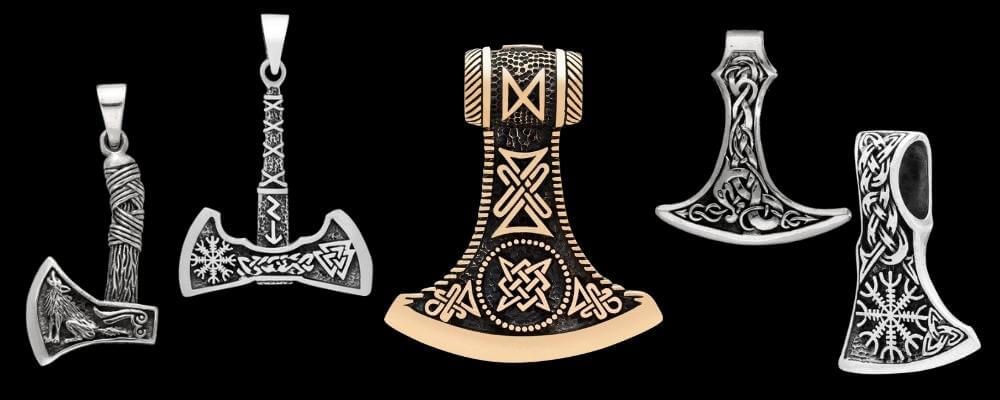
Harald, King of Norway
When Harald arrived in Scandinavia in 1046, he found that Magnus the Good, an illegitimate son of Olaf, was king of both Norway and Denmark. He teamed up with his new kinsman, Sweyn Estridsson of Sweden, to oust Magnus. There were few battles beyond petty skirmishes.
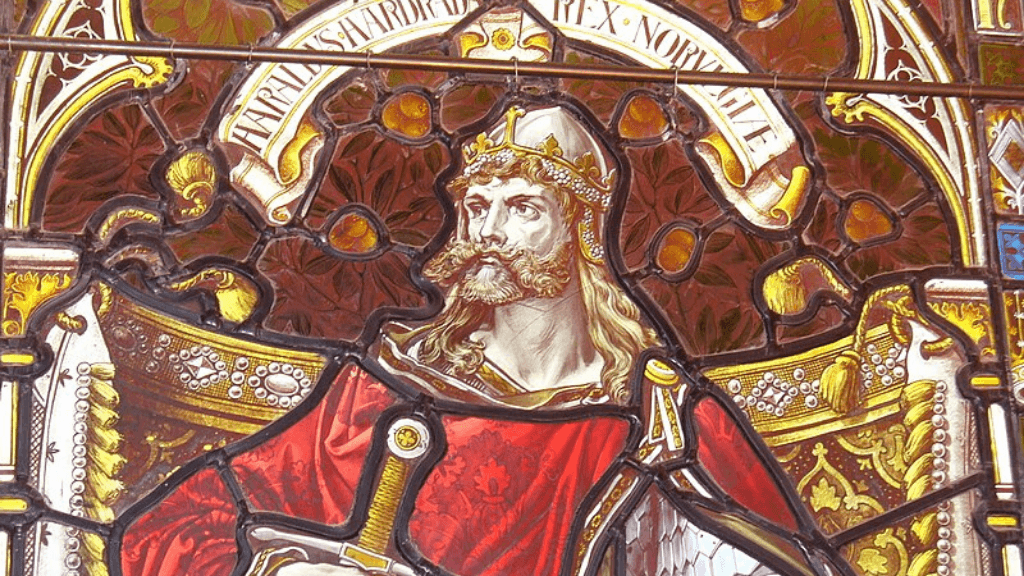
Magnus actually agreed to share the rule of Norway with Harald on the condition that Harald give him half of the wealth that he had brought back from the east. Harald agreed. Only a year later, in 1047, Magnus died without any sons. He left Norway to Harald, and Denmark to Sweyn. Harald had his wish.
But Harald was not satisfied, and immediately on the death of Magnus he announced himself as the king of both Norway and Denmark, and gathered troops to dispute the territory. This initiated 20 years of battles and skirmishes between Harald and Sweyn. Although this added greatly to Harald’s reputation as a warrior, he never gained the rule of Denmark.
Harald was a brutal ruler, and this is probably what earned him his epithet. Alongside his constant war with Denmark, he brutally purged the local lords that were opposed to his rule, taking their lands and wealth for himself.
But Harald also did much to benefit Norway, in particular opening up trade with the Romans and Kievan Rus. He also introduced a sophisticated money-based economy into Norway. Despite his time in the Holy Roman Empire, Harald was not a Christian, and it seems that his rule helped stop the progress of Christianity in Norway for a period of time.
Harald in England
Harald always had an eye on new territories, and it was not long before his attention fell on England. Since the fall of King Cnut, England had been under the control of Edward the Confessor.
Edward spent most of the 1050s negotiating with Harald, and other strong men, to avoid war. It seems that one way in which he did this was promising to hand over power to each as his successor.
But in 1066, when Edward the Confessor died, his power passed to Harold Godwinson. This invited not only Harald to invade England from the north, but also William the Conqueror of Normandy to invade from the south.
Harald teamed up with Tostig, the estranged brother and enemy of the new English king, and landed in Orkney and the Shetlands in Scotland with around 15,000 men.
Harold Godwinson’s troops were mostly in the south awaiting attack from Normandy, so there was little resistance to Harald’s invasion. He first met resistance at Scarborough, which he thoroughly raised, causing other nearby towns to surrender and swear allegiance to Harald.
He then defeated a group of English lords at Fulford, and went on to take the Viking city of York.
As was the Viking custom, Harald then withdrew from York and waited to receive the ransom and hostages. But as he waited, the English forces arrived in the north and entered York.
When Harald returned to York to receive his homage, he left a third of his troops behind and used only light armor. As a result, his troops were thoroughly outmatched by the English. Harald, and Tostig, died in battle, but it is said that Harald fought as a berserker and was almost impossible to cut down.
Left leaderless, Harald’s Viking troops returned home to Norway. The end of this campaign is often called the last great Viking raid on England. But Harold Godwinson’s victory was short-lived.
While he was still celebrating his success in the north, he heard of Norman troops landing in the south. There soon followed the now infamous Battle of Hastings, where Harold died, and William the Conqueror became the king of England.
The Last True Viking
What do you think of Harald Hardrada, warrior, raider, adventurer and follower of the Norse gods? Was he a Viking warrior of the old age, continuing the Viking way of life while the world around him was changing thanks to the rise of Christianity and changes in European economics that meant raiding just wasn’t as profitable as it used to be? What would he think of modern-day Vikings?
